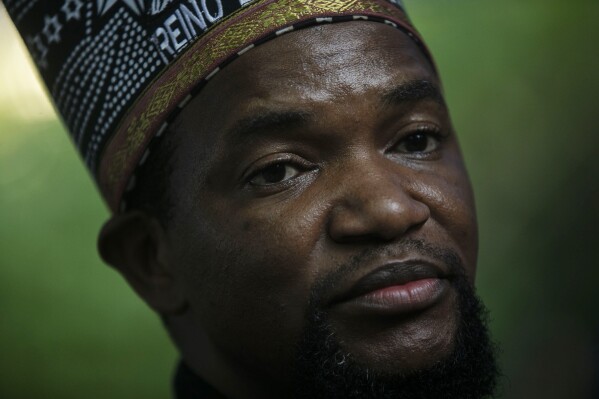AP PHOTOS: The Brazilian Amazon’s vast array of people and cultures
Renowned for its stunning biodiversity, the Amazon rainforest region is also home to a vast array of people and cultures.
“People usually think that the environment doesn’t contain and include people, but it does,” said soil scientist Judson Ferreira Valentim, who lives in Brazil’s Acre state. “There are many different Amazonias and many different Amazonians.”
From small villages of thatched homes to the skyline of Belém rising above mist on the river – a view sometimes called “Manhattan of the Amazon” – Brazil’s slice of the Amazon is home to 28 million people.
___
 It’s not yet summer in Brazil, but a dangerous heat wave is sweeping the country
It’s not yet summer in Brazil, but a dangerous heat wave is sweeping the country
 Lionel Messi and Luis Suárez face off in World Cup qualifying. Brazil could field teenager Endrick
Lionel Messi and Luis Suárez face off in World Cup qualifying. Brazil could field teenager Endrick
 Bridging an ocean, Angolan king visits Brazilian community descended from slaves
Bridging an ocean, Angolan king visits Brazilian community descended from slaves
EDITORS’ NOTE — This story is part of The Protein Problem, an AP series that examines the question: Can we feed this growing world without starving the planet? To see the full project, visit https://projects.apnews.com/features/2023/the-protein-problem/index.html
___
Many communities are linked by water. Along the Tocantins River, a tributary of the Amazon, yellow school-boats pick up children from wooden homes on stilts, and fisherman throw scraps of the day’s catch to river dolphins that frequent the docks. Families linger beside river beaches at sunset, the water a relief from the heat of the day.
Other communities are linked by rural roads, which often wash out during heavy rains, or new paved highways – which bring better access to schools and hospitals, but also, often, deforestation.
In the forest itself, there is often no path. Açaí picker Edson Polinario spends his days under dappled sunlight that filters through the canopy of virgin rainforest, often with just the company of his large black dog.
One evening in the small Tembé village of Tekohaw, Maria Ilba, a woman of mixed Indigenous and African heritage, watches as a wild green parrot feeds on salt in her windowsill. “There is an evolution – in the past, the village culture was more traditional,” she said. “Now it is more mixed.”
“There is a school, a little hospital, and a car that can take you somewhere else if you’re very sick.” She said she is grateful for such additions, but also worries that “in the future, the young people could forget the language, the culture, the foods and the tattoos.”
Changes are inevitable. She only hopes that the future will preserve what’s most essential – for the people and the forest itself.
Disclaimer: The copyright of this article belongs to the original author. Reposting this article is solely for the purpose of information dissemination and does not constitute any investment advice. If there is any infringement, please contact us immediately. We will make corrections or deletions as necessary. Thank you.



